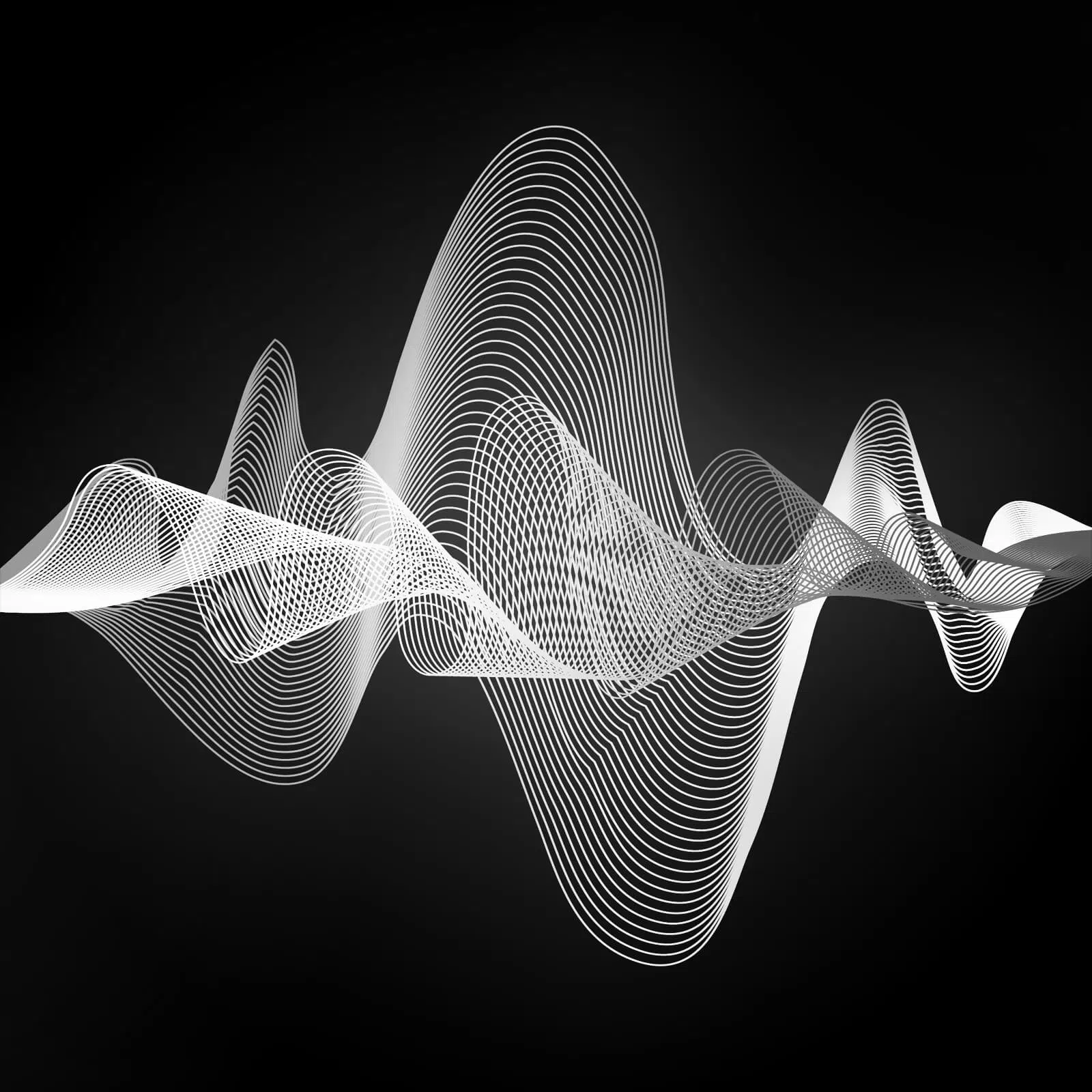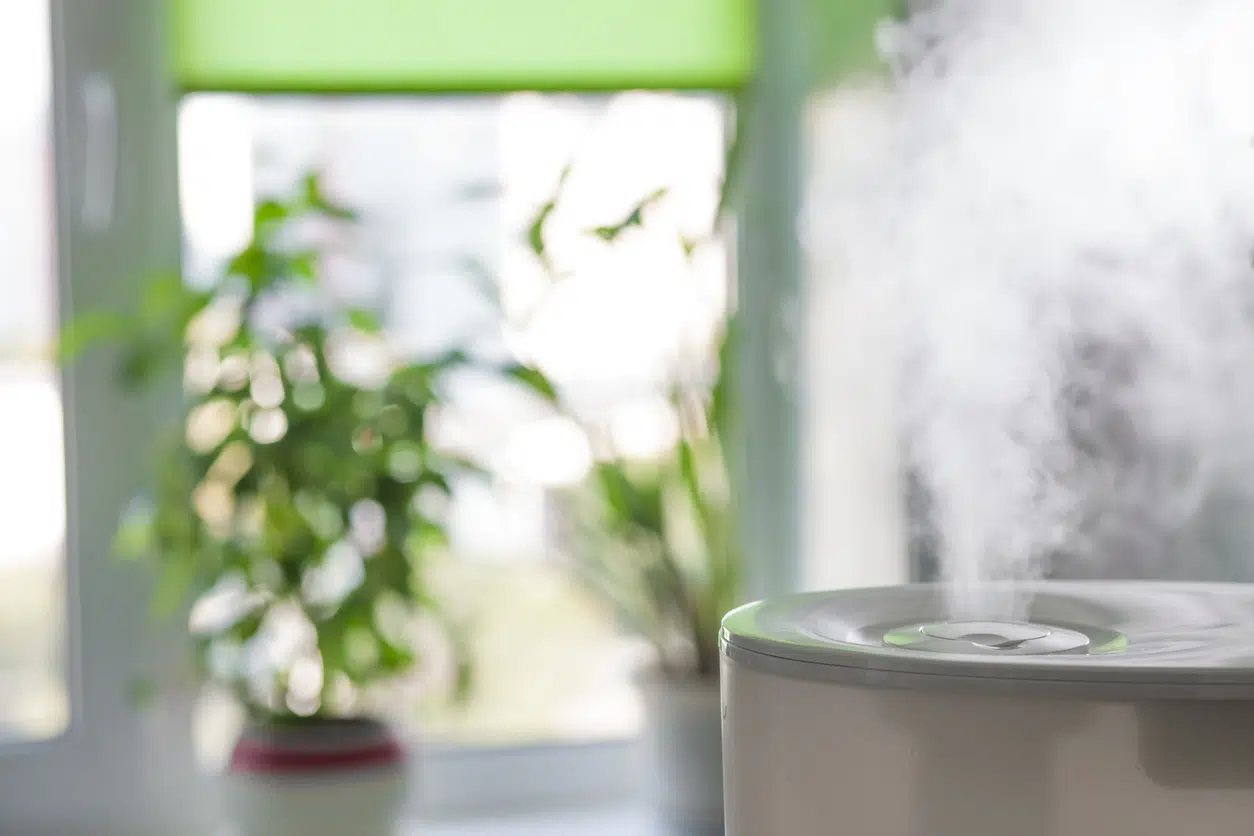Humidifiers offer numerous benefits to homeowners. Along with providing a big boon to wintertime allergy sufferers in the Northwest, humidifiers can also help maintain the quality of your home by helping to keep wallpaper from peeling, paint and furniture from cracking, and reducing the amount of static electricity in the air.
Here’s a quick guide to the different humidifiers available:
Ultrasonic Humidifier
Ultrasonic humidifiers are the industry standard – the latest in cutting-edge humidifier technology. They’re called “ultrasonic humidifiers” because they have a small metal “diaphragm” that vibrates at ultrasonic frequency. The vibrations create water droplets without making a sound, and the droplets are converted into a pleasant, cool fog. Not only are ultrasonic humidifiers soundless, they also prevent stagnant water through the use of antibacterial systems.
Steam Humidifier
On the spectrum’s opposite end is the tried-and-true steam humidifier, the least expensive and simplest-operating system you can buy. The process is simple: a steam humidifier boils water and emits it into the air as steam, which kills mold and bacteria. Moreover, steam humidifiers can be combined with medication that a person can inhale via the steam. The biggest downside to a steam humidifier is its heat, and they shouldn’t be used for children due to the risk of burning.
Evaporative Humidifier
An evaporative humidifier uses a wick or filter to absorb water, which is then evaporated by a fan and expelled from the system into the air. Evaporative humidifiers offer arguably the most natural form of humidification, and as the moisture level in a room increases, the system’s evaporation rate will slow. An evaporative humidifier’s biggest drawback is the noise made by the system’s fan. We suggest demoing one and gauging the noise level. If it’s something you can live with, this type of humidifier is a good investment.
Impeller Humidifier
An impeller humidifier’s output is similar to that of an evaporative humidifier, but without the associated noise. The reason for an impeller humidifier’s “quiet approach” is that it uses a spinning disk that’s submerged in a water tank. The disk creates the mist, which is then pushed out of the unit.
Warm-mist Humidifier
Many of our heating and cooling customers swear by their warm-mist humidifier, especially in winter. Very soothing during the cold and flu season, this humidifier heats water into steam and then propels it into the air. The fact that the water is heated first means a lower rate of bacteria growth, and thus fewer filter changes. Like a steam humidifier, a warm-mist humidifier does use a heater to warm the water in its tank, and so they not only use more electricity, but also present a burn risk to children.
Cool-mist Humidifier
Unlike a warm-mist humidifier, cool-mist humidifiers lack a heater. This is good because there’s a) no burn risk to kids, and b) less electricity used, making for a more energy-efficient option. Given these two significant upsides, cool-mist humidifiers are probably the most prevalent humidifier type. The only downside is that they can be on the noisy side, and the lack of any heat leads to faster bacteria growth and more filter changes.
For more information on humidifiers, contact Day and Nite Plumbing & Heating serving Edmonds, Redmond, and the surrounding area.
Since 1954, Day & Nite Plumbing & Heating, a family owned and operated company, has been meeting the plumbing, heating, and air-conditioning needs of homeowners and businesses in Seattle and the surrounding areas. Whether you have a plumbing emergency, or you need a heating and cooling home comfort system, “Do it Right! Call them anytime “Day or Nite”. Be sure to browse here for in-depth answers to homeowner’s top plumbing and heating questions, or send your own questions directly to the expert.




























Comments